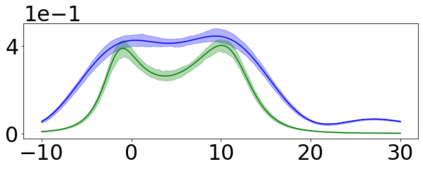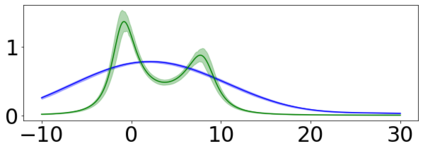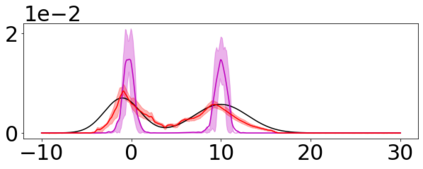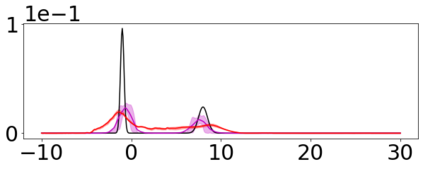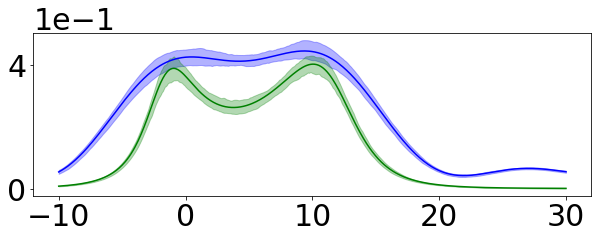Synthetic aperture radar tomographic imaging reconstructs the three-dimensional reflectivity of a scene from a set of coherent acquisitions performed in an interferometric configuration. In forest areas, a large number of elements backscatter the radar signal within each resolution cell. To reconstruct the vertical reflectivity profile, state-of-the-art techniques perform a regularized inversion implemented in the form of iterative minimization algorithms. We show that light-weight neural networks can be trained to perform the tomographic inversion with a single feed-forward pass, leading to fast reconstructions that could better scale to the amount of data provided by the future BIOMASS mission. We train our encoder-decoder network using simulated data and validate our technique on real L-band and P-band data.
翻译:合成孔径雷达成像从在干涉测量配置下进行的一系列连贯的收购中重建场景的三维反射度。在森林地区,许多元素在每一个分辨率电池内反射雷达信号。为重建垂直反射剖面图,最先进的技术以迭代最小化算法的形式进行正常反射。我们表明,轻量神经网络可以经过培训,用单一的进料前传传,进行全方位反射,从而导致快速重建,使之能更好地达到未来BIOMAS飞行任务提供的数据数量。我们利用模拟数据培训了我们的编码器解码器网络,并验证了我们的真L波段和P波段数据技术。

